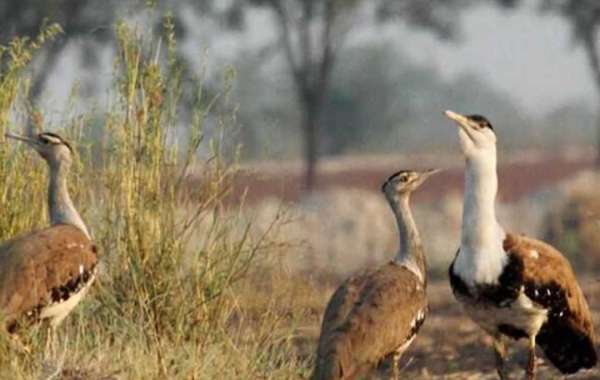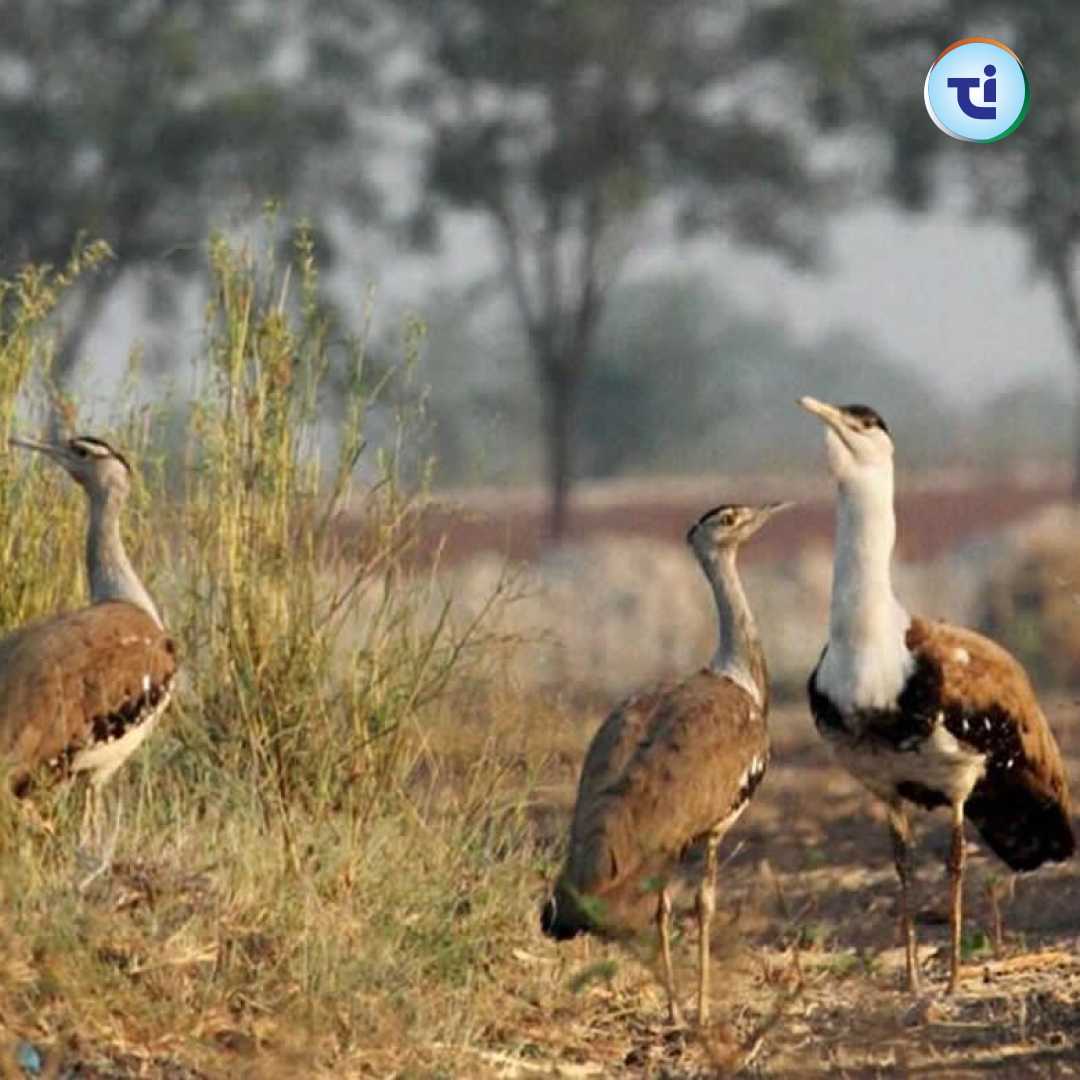The Great Indian Bustard: A Majestic Bird on the Brink of Extinction
Introduction
The Great Indian Bustard (Ardeotis nigriceps) is a magnificent bird native to the Indian subcontinent. Revered for its grandeur and unique characteristics, the Great Indian Bustard has captured the hearts of wildlife enthusiasts and birdwatchers alike. Unfortunately, this majestic species faces a critical threat of extinction due to various human-induced factors. In this blog, we will delve into the life and struggles of the Great Indian Bustard and discuss the urgent need for conservation efforts to ensure its survival.
Habitat and Distribution
The Great Indian Bustard once thrived across the vast grasslands and arid regions of the Indian subcontinent. Historically, its habitat spanned from western India to parts of Pakistan and Nepal. However, rampant urbanization, agricultural expansion, and infrastructure development have led to the destruction and fragmentation of its natural habitat, reducing its range to a mere fraction of what it once was.
Physical Characteristics
Known for its impressive size, the Great Indian Bustard stands at around one meter tall, making it one of the heaviest flying birds in the world. With a majestic wingspan that can reach up to 2.5 meters, the male bustard displays a striking black cap on its head and a white neck with black breast bands, contrasting beautifully with its light brown plumage. The female, on the other hand, has a smaller cap and lacks the striking black and white features, but still maintains a regal appearance.
Breeding Behavior
During the breeding season, male bustards engage in elaborate courtship displays to attract potential mates. These displays involve puffing up their feathers, leaping into the air, and making loud calls that reverberate across the grasslands. Once a pair forms, they work together to build a ground nest, where the female lays a single egg. The eggs and chicks are highly vulnerable to predation and disturbance, further exacerbating the species' declining population.
Conservation Status
The Great Indian Bustard is listed as "Critically Endangered" by the International Union for Conservation of Nature (IUCN). According to recent estimates, fewer than 200 individuals remain in the wild. Several factors contribute to this alarming decline, including habitat loss, hunting, collision with power lines, and illegal poaching. Efforts to save the bustard have been hampered by limited resources and lack of awareness.
Conservation Efforts
Despite the grim situation, there is hope for the Great Indian Bustard. Conservation organizations and the Indian government have initiated various programs and projects aimed at protecting the species. These efforts include creating protected areas, conducting research and monitoring, engaging local communities in conservation, and raising awareness about the bird's plight.
The Role of Community Involvement
Local communities living near the bustard's habitat play a crucial role in its conservation. Involving these communities in sustainable livelihood initiatives, educating them about the bird's significance, and empowering them to become custodians of their natural heritage can go a long way in securing the bustard's future.
Conclusion
The Great Indian Bustard is not just a bird; it represents the beauty of India's biodiversity and cultural heritage. Its loss would be an irreplaceable tragedy for the nation and the world. To ensure the survival of this majestic species, immediate and concerted efforts are required from governments, conservationists, communities, and individuals alike. By working together, we can protect the Great Indian Bustard and secure its place in the skies for generations to come. Let us join hands to save this magnificent bird and, in doing so, protect the delicate balance of our ecosystem.









